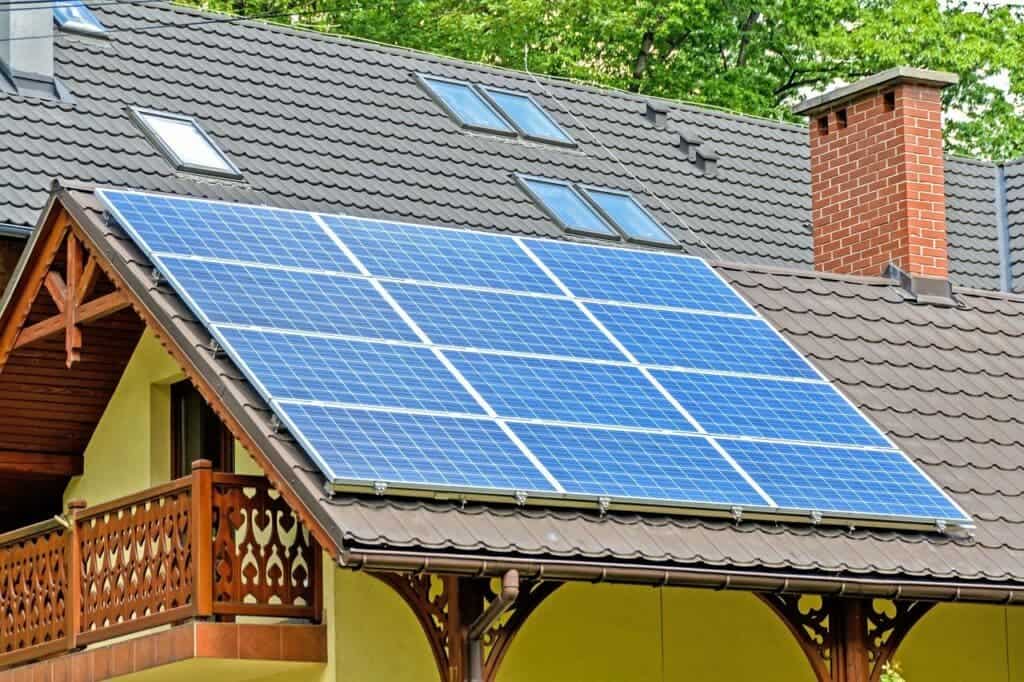The small European country of Switzerland is preparing for a big effort: the official roll-out of solar energy.

Switzerland may be the home of cheese with holes, but they’re leaving no gaps in their energy strategy. The government is taking steps meant to promote the adoption of solar energy across the country, in order to reduce the risk of power shortages this coming winter. Towards this end, the country’s Energy Commission of the Federal Council of States is putting together a legal framework to speed up the expansion of photovoltaic (PV) capacity across Switzerland.
In an ideal scenario, the extra capacity the country needs to meet typical winter demands will come entirely from renewable energy, with solar playing an important part. Among the measures being considered is adding into law a requirement that new buildings mount rooftop solar panels.
Powering the Swiss
Solar panels have grown considerably in their popularity in Switzerland in the industrial, commercial, and service sectors. Installed on such buildings in growing numbers, PV panels now cover around 4.7% of the country’s total energy demand, up from 3.9% in 2019, according to a report by Swissolar, the Swiss Solar Energy Professionals Association.
And that trend shows no signs of changing; almost 50% more solar panels were installed in Switzerland in 2020 compared to 2019 according to Swissolar. Storage capacity is also increasing rapidly, with the number of battery storage units growing by 65% compared to 2019. Single-family homes also bought and installed 15% more solar panels and battery units compared to the previous year.
Panel-and-storage combos are favored by locals as they help avoid the low re-payment tariffs that local energy suppliers offer, Swissolar said.
In order to facilitate and increase the deployment of solar capacity in the country, the Commission is planning legal steps that would streamline the development of ground-mounted solar projects, especially in the Alpine region. Planned regulations will apply to systems with an annual output of over 20 GWh, which will be exempt from planning and environmental impact assessments. The state will also provide investment subsidies for these projects.
Furthermore, starting January 1, 2024, all new buildings will have to have solar panels installed on their roofs; building applications submitted before this date will be exempt from the requirement. All suitable areas on federal infrastructure will also be used to generate solar energy.
The proposed measures will be put to discussion by the Council of States in the 2022 autumn session. Should they be adopted, the Commission wants them to enter into force as laws shortly thereafter.
But why the rush? Well, currently, the state of PV in Switzerland is far from sunny. The country is still a ways away from actually shifting away from nuclear and fossil fuels, despite its plans to do so. A study published by the Swiss Energy Foundation in mid-June found that the country ranks 24th out of the 28 European states included in the study in terms of solar energy production.
According to Swissolar, if the country is to reach its target of reaching a yearly solar power output of 45 terawatt hours over the next 30 years, it will need to increase the number of new installations 15-fold.
The current war in Ukraine has stoked new fears of an energy crunch in Switzerland which, like many other European countries, relies on energy imports from Russia. The dramatic, ongoing drought in Europe further reduced imports of fuel by reducing the volume of rivers that, traditionally, form the backbone of heavy transport on the peninsula. The same drought is also impacting hydroelectric plants — which provide around 60% of Switzerland’s electricity.
The proposed legislation aims to prevent widespread energy shortages and the steep rise in household bills that are sure to come in the coming months due to this perfect storm hitting Europe’s energy markets.






